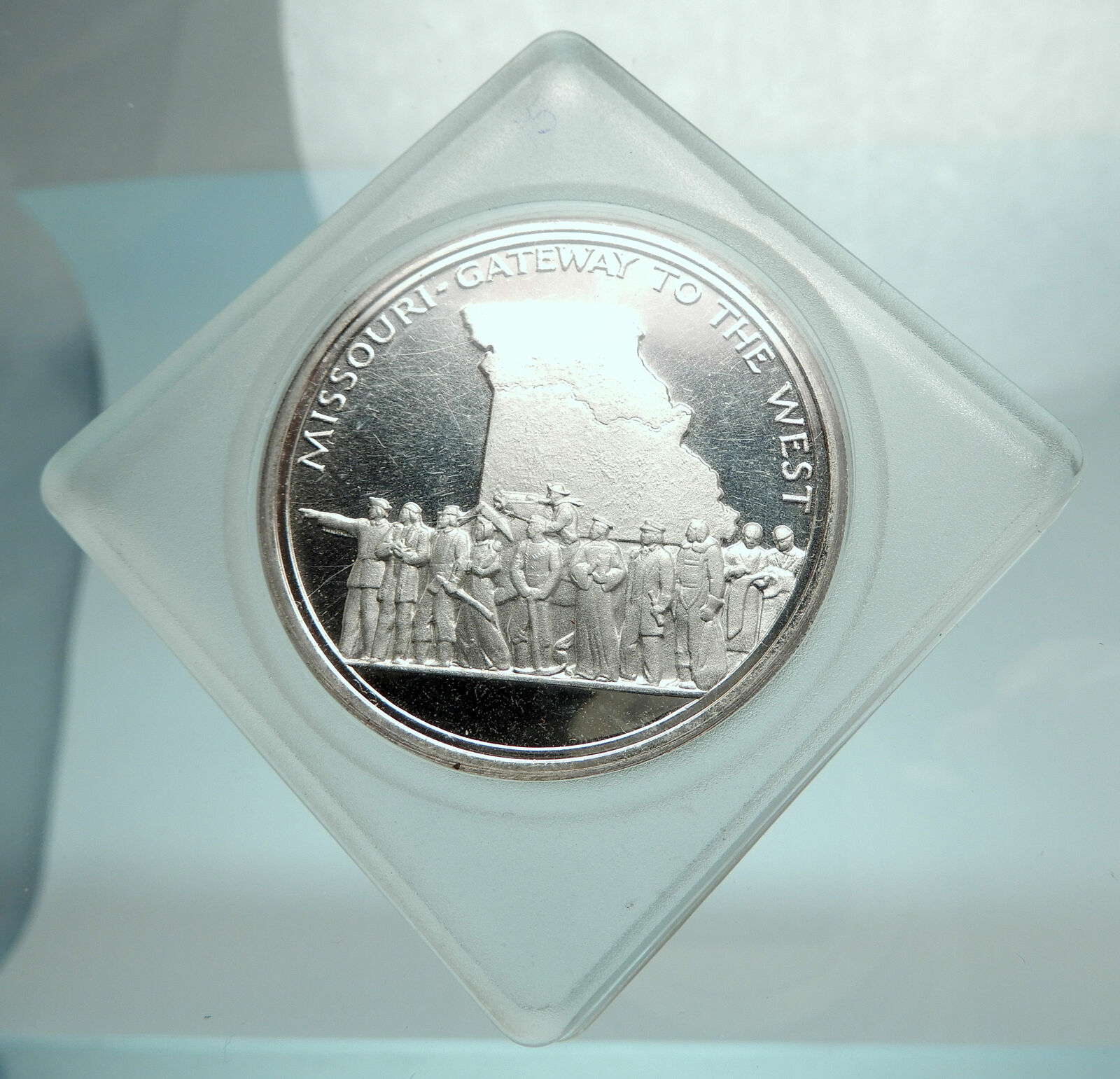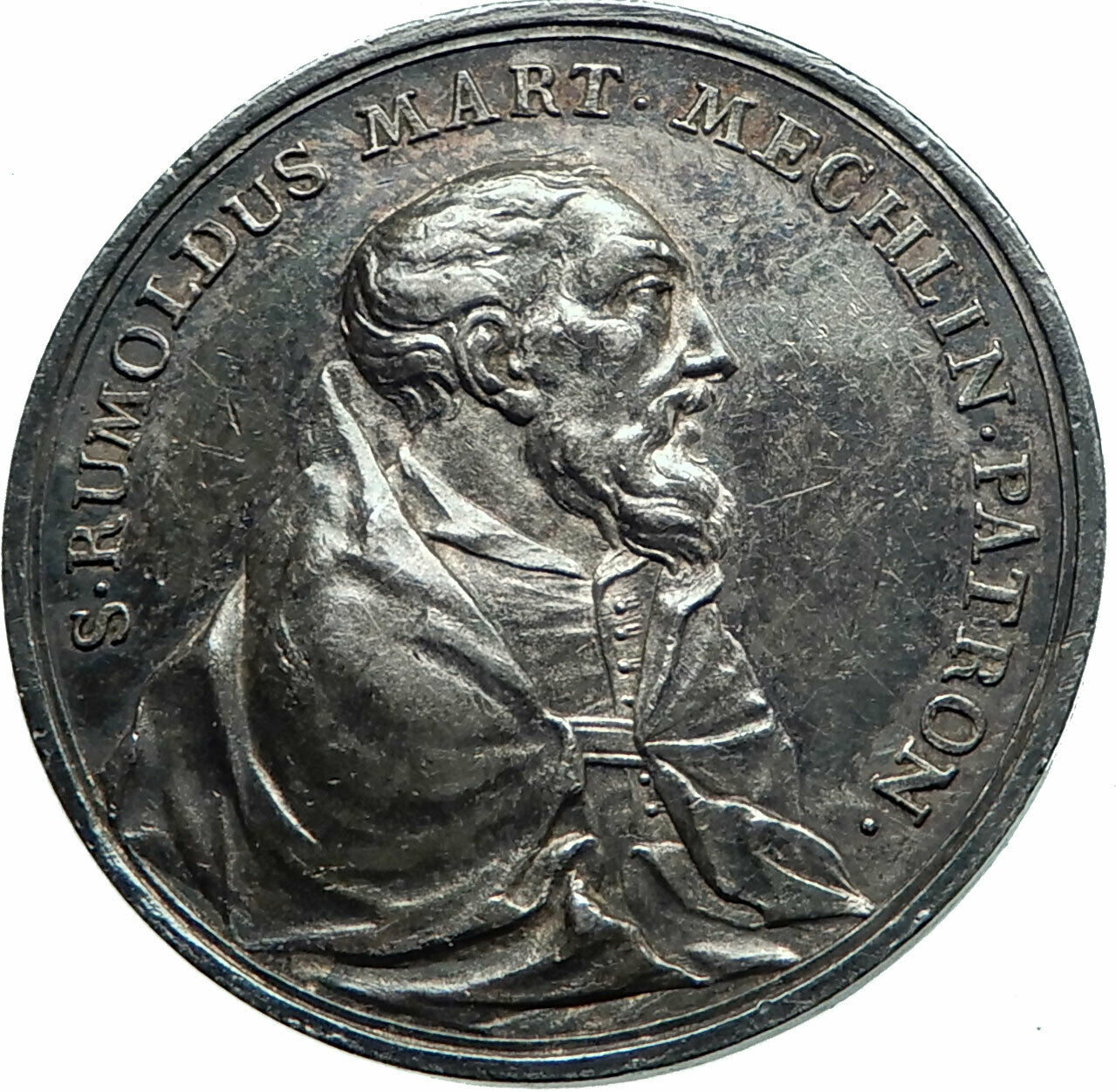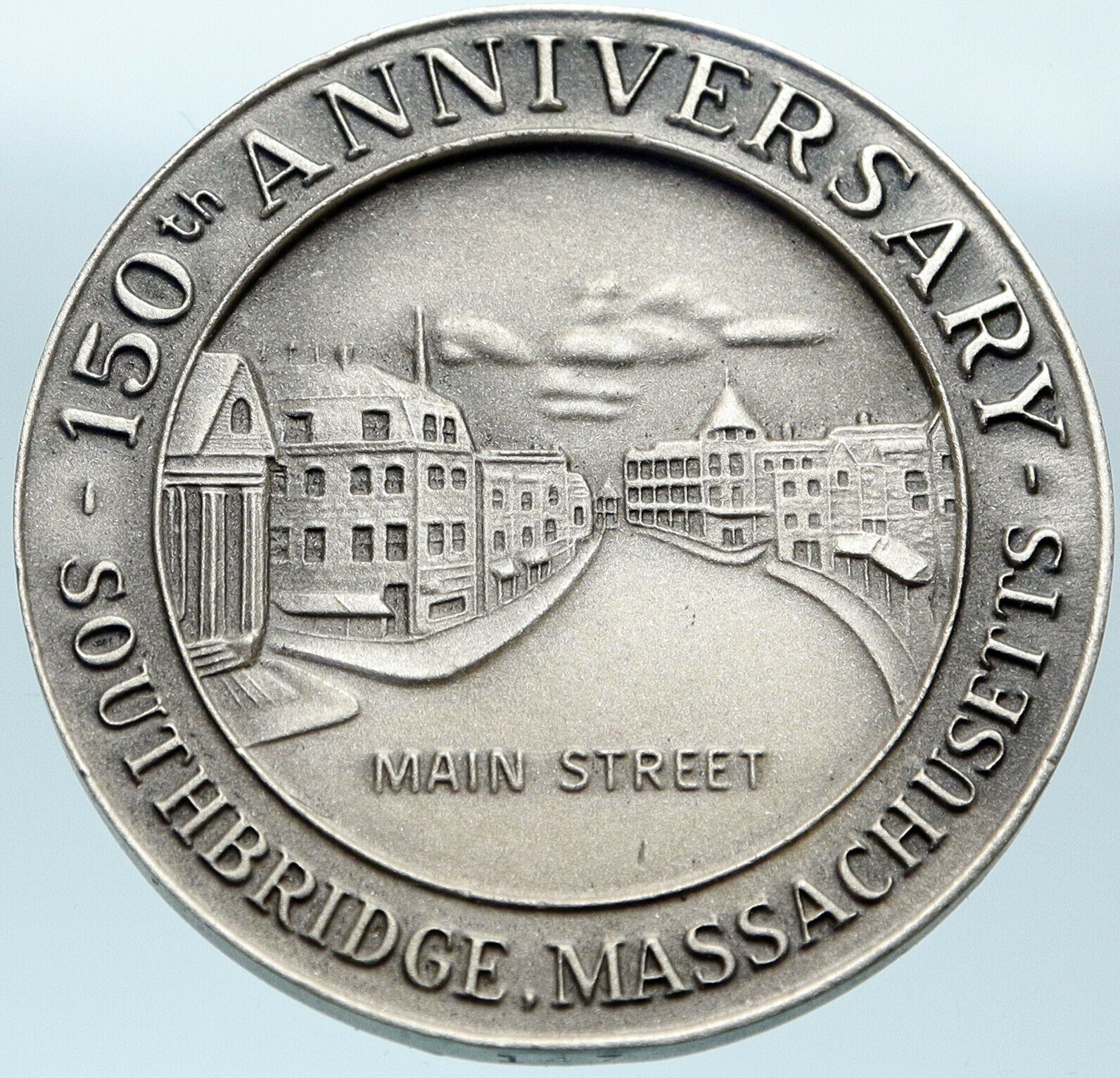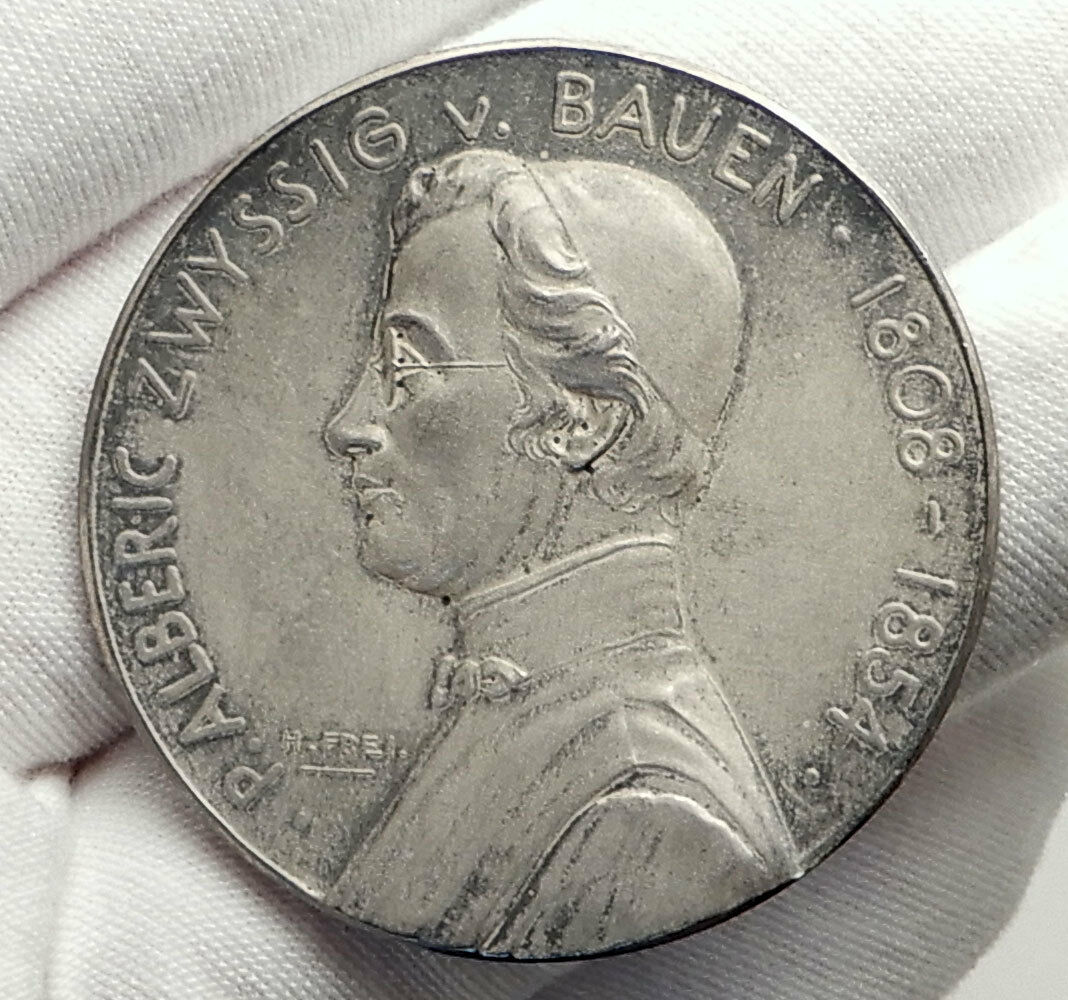|
Belgium – Philips of Marnix, Lord of Saint-Aldegonde
1598 Bronze Medal 47mm (40.83 grams)
Reference: Engraver: Simon F.
PHI US. DE MARNIX S TE. ALDEGONDE SIMON F., Philips facing left.
NATUS BUXELLIS AN M. DXXXVIII OBIIT AM. M.D.XCVIII., Inscription in four lines.
You are bidding on the exact item pictured, provided with a Certificate of Authenticity and Lifetime Guarantee of Authenticity.
 Philips of Marnix, Lord of Saint-Aldegonde, Lord of West-Souburg (Dutch: Filips van Marnix, heer van Sint-Aldegonde, heer van West-Souburg, French: Philippe de Marnix, seigneur de Sainte-Aldegonde; 7 March/20 July 1540 – 15 December 1598) was a Flemish and Dutch writer and statesman, and the probable author of the text of the Dutch national anthem, the Wilhelmus. Philips of Marnix, Lord of Saint-Aldegonde, Lord of West-Souburg (Dutch: Filips van Marnix, heer van Sint-Aldegonde, heer van West-Souburg, French: Philippe de Marnix, seigneur de Sainte-Aldegonde; 7 March/20 July 1540 – 15 December 1598) was a Flemish and Dutch writer and statesman, and the probable author of the text of the Dutch national anthem, the Wilhelmus.
Marnix of St. Aldegonde was born at Brussels, the son of Jacob of Marnix. He studied theology under John Calvin and Theodore Beza at Geneva. Returning to the Netherlands in 1560, he threw himself into the cause of the Reformation, taking an active part in the compromise of the nobles in 1565 and the assembly of Sint-Truiden. He issued a pamphlet in justification of the iconoclastic movement Beeldenstorm which devastated many churches in Flanders in 1566, and on the Duke of Alba’s arrival next year had to flee the country.
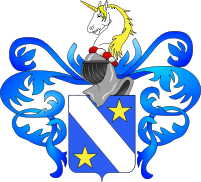 After spending some time in Friesland and in the Electorate of the Palatinate he was in 1570 taken into the service of William, prince of Orange, and in 1572 was sent as his representative to the first meeting of the States-General assembled at Dordrecht. In 1573 he was taken prisoner by the Spaniards at Maaslandsluys, but was exchanged in the following year. He was sent as the representative of the insurgent provinces to Paris and London, where he attempted in vain to secure the effective assistance of Queen, Elizabeth I of England. After spending some time in Friesland and in the Electorate of the Palatinate he was in 1570 taken into the service of William, prince of Orange, and in 1572 was sent as his representative to the first meeting of the States-General assembled at Dordrecht. In 1573 he was taken prisoner by the Spaniards at Maaslandsluys, but was exchanged in the following year. He was sent as the representative of the insurgent provinces to Paris and London, where he attempted in vain to secure the effective assistance of Queen, Elizabeth I of England.
In 1578 he was at the Diet of Worms, where he made an eloquent, but fruitless, appeal for aid to the German princes. Equally vain were his efforts in the same year to persuade the magistrates of Ghent to cease persecuting the Catholics in the city. He took a conspicuous part in arranging the Union of Utrecht. In 1583 was chosen burgomaster of Antwerp. In 1585 he surrendered the city, after the months’ siege of Antwerp, to the Spaniards. Attacked by the English and by his own countrymen for this act, he retired from public affairs and, save for a mission to Paris in 1590, lived henceforth in Leiden or on his estate in Zeeland, where he worked at a translation of the Bible.
His daughter Elizabeth married Sir Charles Morgan (c.1576-c.1643), a Welsh mercenary serving with the Dutch States Army who ended his career as Governor of Bergen op Zoom. He died at Leiden on 15 December 1598.
St. Aldegonde, or Marnix (by which name he is very commonly known), is celebrated for his share in the great development of Dutch literature which followed the classical period represented by such writers as the poet and historian Pieter Hooft. Of his works, the best known is the Roman Bee-hive (De roomsche byen-korf), published in 1569 during his exile in Friesland, a bitter satire on the faith and practices of the Roman Catholic Church. This was translated, or adapted, in French, German and English (by George Gilpin). He also wrote an educational treatise dedicated to John, Count of Nassau. As a poet, St. Aldegonde is mainly known through his metrical translation of the Psalms (1580/1591); and, the Dutch national anthem Wilhelmus van Nassouwe is also ascribed to him. His complete works, edited by Lacroix and Quinet, were published at Brussels in 7 volumes (1855–1859), and his religious and theological writings, edited by Van Toorenenbergen, at The Hague, in 4 volumes (1871–1891).
Marnix wrote one of the earliest Bible translations into Dutch.
Less known to the general public is his work as a cryptographer. St. Aldegonde is considered to be the first Dutch cryptographer (cfr. The Codebreakers). For Stadholder William the Silent, he deciphered secret messages that were intercepted from the Spaniards. His interest in cryptography possibly shows in the Wilhelmus, where the first letters of the couplets form the name Willem van Nassov, i.e. William ‘the Silent’ of Nassau, the Prince of Orange, but such acrostics – and far more intricate poetic devices – were a common feature of the Rederijker school in the Lowlands.
There is a marble sculpture of him by Paul de Vigne in Brussels.
Marnix could speak Spanish, and this influenced his writing style.
 Belgium, officially the Kingdom of Belgium, is a sovereign state in Western Europe. It is a small, densely populated country which covers an area of 30,528 square kilometres (11,787 sq mi) and has a population of about 11 million people. Belgium, officially the Kingdom of Belgium, is a sovereign state in Western Europe. It is a small, densely populated country which covers an area of 30,528 square kilometres (11,787 sq mi) and has a population of about 11 million people.
 Straddling the cultural boundary between Germanic and Latin Europe, Belgium is home to two main linguistic groups: the Dutch-speaking, mostly Flemish community, which constitutes about 59% of the population, and the French-speaking, mostly Walloon population, which comprises 41% of all Belgians. Additionally, there is a small group of German-speakers who live in the East Cantons located around the High Fens area, and bordering Germany. Straddling the cultural boundary between Germanic and Latin Europe, Belgium is home to two main linguistic groups: the Dutch-speaking, mostly Flemish community, which constitutes about 59% of the population, and the French-speaking, mostly Walloon population, which comprises 41% of all Belgians. Additionally, there is a small group of German-speakers who live in the East Cantons located around the High Fens area, and bordering Germany.
Belgium is a federal constitutional monarchy with a parliamentary system of governance. It is divided into three regions and three communities, that exist next to each other. Its two largest regions are the Dutch-speaking region of Flanders in the north and the French-speaking southern region of Wallonia. The Brussels-Capital Region, officially bilingual, is a mostly French-speaking enclave within the Flemish Region. A German-speaking Community exists in eastern Wallonia. Belgium’s linguistic diversity and related political conflicts are reflected in its political history and complex system of government.
 Historically, Belgium, the Netherlands and Luxembourg were known as the Low Countries; it once covered a somewhat larger area than the current Benelux group of states. The region was called Belgica in Latin, after the Roman province of Gallia Belgica. From the end of the Middle Ages until the 17th century, the area of Belgium was a prosperous and cosmopolitan centre of commerce and culture. From the 16th century until the Belgian Revolution in 1830, when Belgium seceded from the Netherlands, the area of Belgium served as the battleground between many European powers, causing it to be dubbed the “Battlefield of Europe,” a reputation strengthened by both world wars. Historically, Belgium, the Netherlands and Luxembourg were known as the Low Countries; it once covered a somewhat larger area than the current Benelux group of states. The region was called Belgica in Latin, after the Roman province of Gallia Belgica. From the end of the Middle Ages until the 17th century, the area of Belgium was a prosperous and cosmopolitan centre of commerce and culture. From the 16th century until the Belgian Revolution in 1830, when Belgium seceded from the Netherlands, the area of Belgium served as the battleground between many European powers, causing it to be dubbed the “Battlefield of Europe,” a reputation strengthened by both world wars.
Upon its independence, Belgium participated in the Industrial Revolution and, during the course of the 20th century, possessed a number of colonies in Africa. The second half of the 20th century was marked by rising tensions between the Dutch-speaking and the French-speaking citizens fueled by differences in language and the unequal economic development of Flanders and Wallonia. This continuing antagonism has led to several far-reaching reforms, resulting in a transition from a unitary to a federal arrangement during the period from 1970 to 1993. Despite the reforms, tensions between the groups remain; the formation of a coalition government took 18 months following the June 2010 federal election.
Belgium is a founding member of the European Union, Eurozone, NATO, OECD and WTO, and a part of the trilateral Benelux Union. Its capital, Brussels, hosts several of the EU’s official seats as well as the headquarters of many major international organizations such as NATO. Belgium is also a part of the Schengen Area.
Belgium is a developed country, with an advanced high-income economy and is categorized as “very high” in the Human Development Index.
|





 Philips of Marnix, Lord of Saint-Aldegonde, Lord of West-Souburg (Dutch: Filips van Marnix, heer van Sint-Aldegonde, heer van West-Souburg, French: Philippe de Marnix, seigneur de Sainte-Aldegonde; 7 March/20 July 1540 – 15 December 1598) was a Flemish and Dutch writer and statesman, and the probable author of the text of the Dutch national anthem, the Wilhelmus.
Philips of Marnix, Lord of Saint-Aldegonde, Lord of West-Souburg (Dutch: Filips van Marnix, heer van Sint-Aldegonde, heer van West-Souburg, French: Philippe de Marnix, seigneur de Sainte-Aldegonde; 7 March/20 July 1540 – 15 December 1598) was a Flemish and Dutch writer and statesman, and the probable author of the text of the Dutch national anthem, the Wilhelmus. After spending some time in Friesland and in the Electorate of the Palatinate he was in 1570 taken into the service of William, prince of Orange, and in 1572 was sent as his representative to the first meeting of the States-General assembled at Dordrecht. In 1573 he was taken prisoner by the Spaniards at Maaslandsluys, but was exchanged in the following year. He was sent as the representative of the insurgent provinces to Paris and London, where he attempted in vain to secure the effective assistance of Queen, Elizabeth I of England.
After spending some time in Friesland and in the Electorate of the Palatinate he was in 1570 taken into the service of William, prince of Orange, and in 1572 was sent as his representative to the first meeting of the States-General assembled at Dordrecht. In 1573 he was taken prisoner by the Spaniards at Maaslandsluys, but was exchanged in the following year. He was sent as the representative of the insurgent provinces to Paris and London, where he attempted in vain to secure the effective assistance of Queen, Elizabeth I of England. Belgium, officially the Kingdom of Belgium, is a sovereign state in Western Europe. It is a small, densely populated country which covers an area of 30,528 square kilometres (11,787 sq mi) and has a population of about 11 million people.
Belgium, officially the Kingdom of Belgium, is a sovereign state in Western Europe. It is a small, densely populated country which covers an area of 30,528 square kilometres (11,787 sq mi) and has a population of about 11 million people. Straddling the cultural boundary between Germanic and Latin Europe, Belgium is home to two main linguistic groups: the Dutch-speaking, mostly Flemish community, which constitutes about 59% of the population, and the French-speaking, mostly Walloon population, which comprises 41% of all Belgians. Additionally, there is a small group of German-speakers who live in the East Cantons located around the High Fens area, and bordering Germany.
Straddling the cultural boundary between Germanic and Latin Europe, Belgium is home to two main linguistic groups: the Dutch-speaking, mostly Flemish community, which constitutes about 59% of the population, and the French-speaking, mostly Walloon population, which comprises 41% of all Belgians. Additionally, there is a small group of German-speakers who live in the East Cantons located around the High Fens area, and bordering Germany. Historically, Belgium, the Netherlands and Luxembourg were known as the Low Countries; it once covered a somewhat larger area than the current Benelux group of states. The region was called Belgica in Latin, after the Roman province of Gallia Belgica. From the end of the Middle Ages until the 17th century, the area of Belgium was a prosperous and cosmopolitan centre of commerce and culture. From the 16th century until the Belgian Revolution in 1830, when Belgium seceded from the Netherlands, the area of Belgium served as the battleground between many European powers, causing it to be dubbed the “Battlefield of Europe,” a reputation strengthened by both world wars.
Historically, Belgium, the Netherlands and Luxembourg were known as the Low Countries; it once covered a somewhat larger area than the current Benelux group of states. The region was called Belgica in Latin, after the Roman province of Gallia Belgica. From the end of the Middle Ages until the 17th century, the area of Belgium was a prosperous and cosmopolitan centre of commerce and culture. From the 16th century until the Belgian Revolution in 1830, when Belgium seceded from the Netherlands, the area of Belgium served as the battleground between many European powers, causing it to be dubbed the “Battlefield of Europe,” a reputation strengthened by both world wars.

